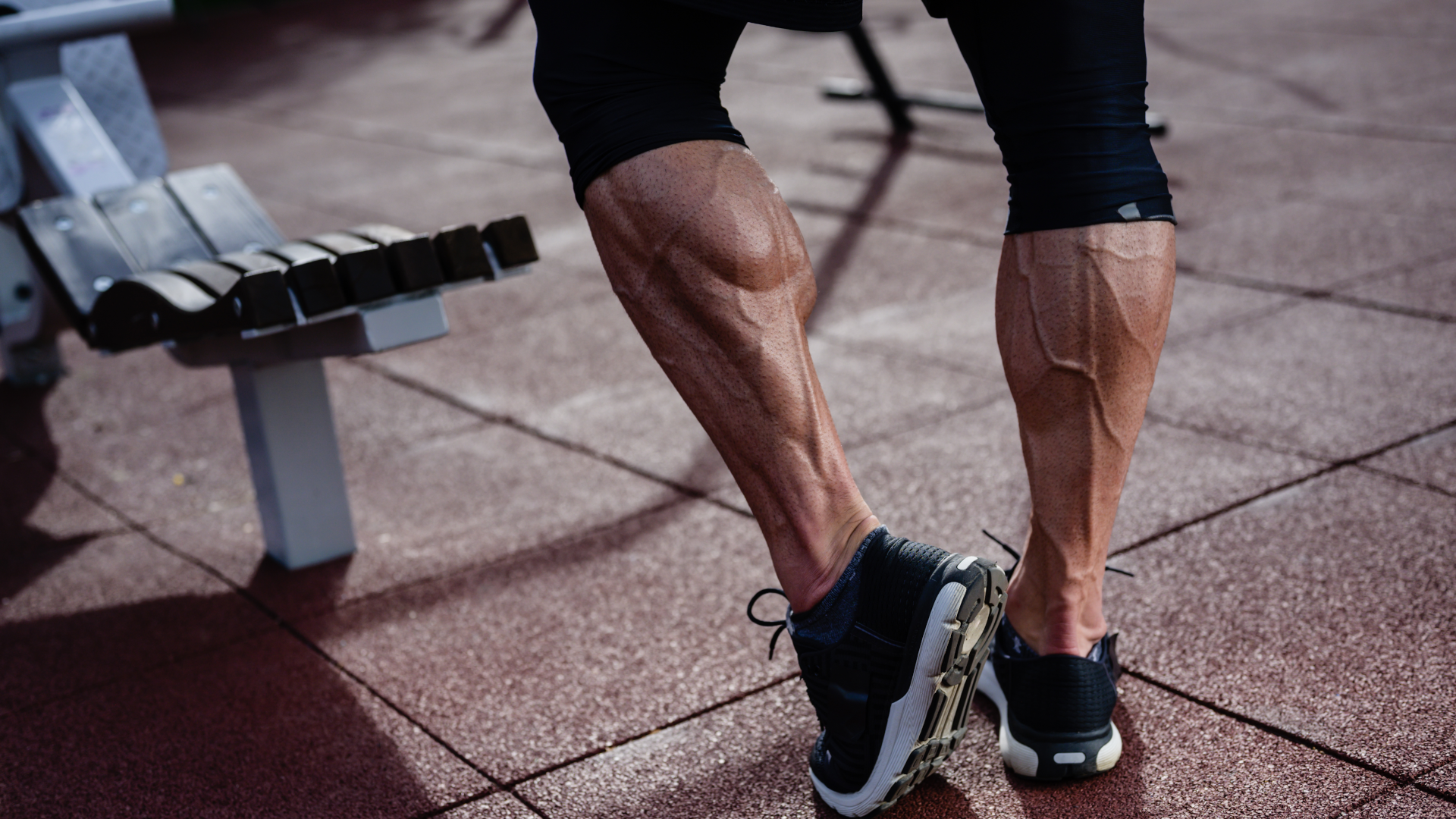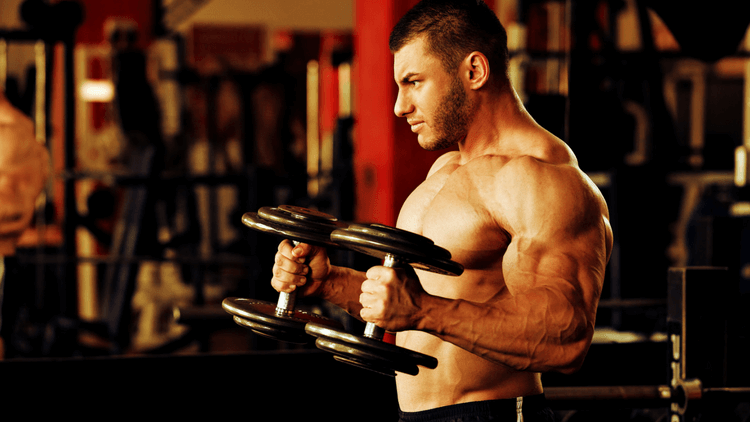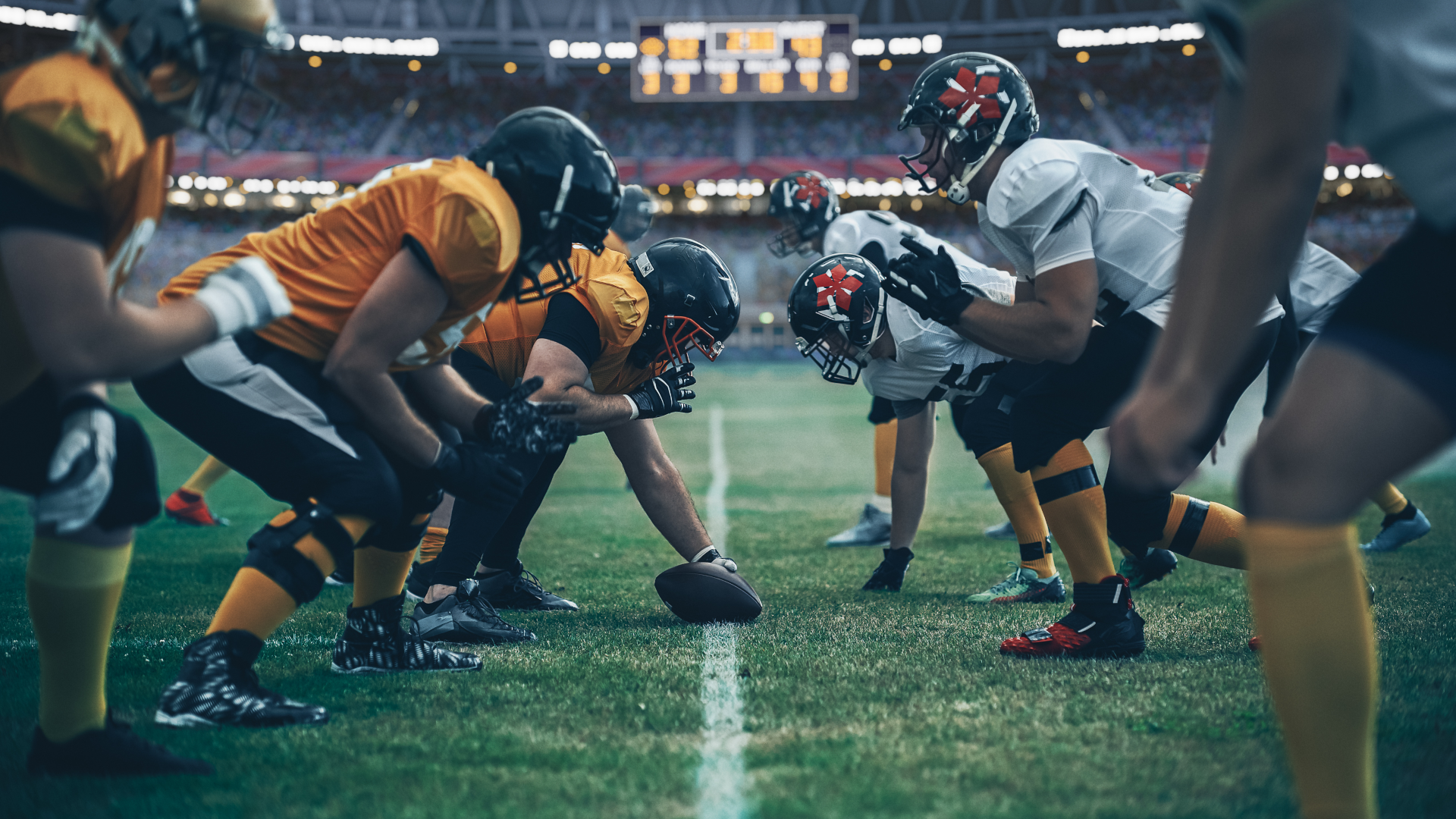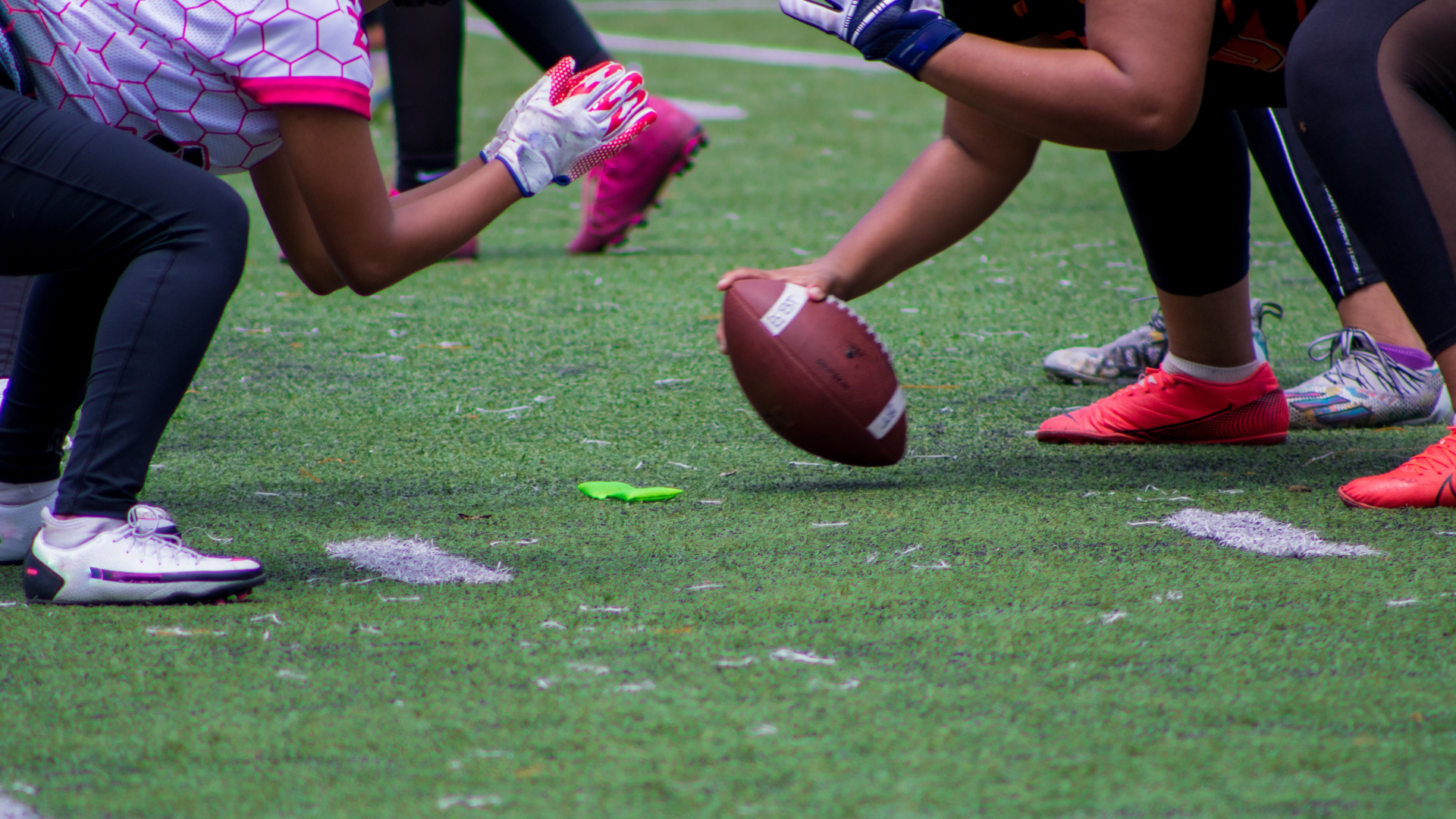Hack Beast Mode… |
Looking to build bigger calf muscles? Wondering which exercises can help you sculpt the calf muscles of your dreams? You’re not going to want to miss this.
Fitness fanatics and gym enthusiasts commonly enjoy a good ‘leg day’ workout as part of their training routine. But if you specifically want to build bigger calves, you will have to switch up your general leg exercise workouts.
To build beastly calf muscle, taking on calf muscle-specific exercises is a must! No compromises. But, we’re here to give you the deets on exactly how you can reach your goals.
Here, we’ll look at the golden rules to building bigger calf muscles, as well as the exercises you need to weave into your training routine.
Let’s get to it.
The golden rules of building bigger calf muscles

Building bigger calves and a solid lower body commands a big-hitting combo of targeted exercises, proper nutrition, and consistency.
Here are some tips to help you achieve your goals…
Prioritize calf training and a variety of exercise
Research shows making calf training a priority in your workout routine and dedicating specific time and focus to exercises that target those muscles will result in epic gains.
Here are a few top tips to help you on your way…
- Maintain proper form during calf exercises to maximize muscle engagement and minimize the risk of injury. Focus on controlled movements and a full range of motion for optimal results.
- Incorporating a range of compound leg exercises such as squats, lunges, and deadlifts into your workout routine to target multiple muscle groups in the lower body, including the calves.
Up your frequency and volume
- Increase the frequency and volume of calf workouts to stimulate muscle growth. Aim to train your calf muscles two to three times per week with enough rest between sessions.
- Gradually increase the resistance, volume, or intensity of your calf workouts over time to continually challenge the muscles and promote growth. This principle of progressive overload is essential for grabbing those big gains.
Eat and drink well

- Make sure that your diet is packed with enough protein, carbs, and fats to support muscle growth and recovery. Stay hydrated by drinking plenty of water throughout the day.
- A progressive caloric surplus diet may benefit you if you’re looking for extra gains. If you eat a slightly higher number of calories than your maintenance level, it can help support your muscle growth.
Prioritize recovery
- Allow your muscles plenty of time to rest and recover between workouts to optimize your muscle growth.
- Incorporate rest days into your routine and prioritize quality sleep to support muscle repair and recovery.
Consistency and patience
- Building bigger calves and a solid lower body takes time and consistency. Stay committed to your training program and be patient with your progress, as muscle growth occurs gradually over time.
Train safely
- Be mindful and listen to your body when training. Pay attention to any signs of discomfort or pain in your calf muscles, achilles tendon, knee joint and ankle joint during exercise.
- If you experience persistent or severe calf strain or any muscle strain, stop exercising and seek medical attention to prevent further injury.
Supplementation
- Consider trying supplements like protein powder, creatine, and branched-chain amino acids (BCAAs) into your routine to support muscle growth and recovery. Remember, supplements should complement a balanced diet and not replace real food sources.
Find your perfect supplement with CrazyBulk’s matchmaker!
Whether you’re bulking or cutting, gaining strength or stamina, or simply looking to keep up a high level of muscle performance over time, there are dietary supplements that can help you achieve your goals!
Find out your supplement match now—why wait?
The 8 best calf muscle exercises
Building strong and defined calf muscles requires a targeted approach with a variety of exercises. Remember, it’s not just about which calf exercises do, but it’s how you do them.
Here are eight calf exercise ideas, along with exactly how to perform them.
Standing calf raises

How to do it…
- Stand with the balls of your feet on an elevated surface like a calf raise machine or a step, with your heels hanging off the edge.
- Lower your heels as far as possible, feeling a stretch in your calf muscles.
- Push through the balls of your feet to raise your heels as high as possible, contracting your calf muscles at the top.
- Hold briefly, then lower your heels back down.
- Perform three-to-four sets of 10 to 15 repetitions.
Seated calf raises
How to do it…
- Sit on a calf raise machine with the balls of your feet on the platform and your knees bent at a 90-degree angle.
- Push through the balls of your feet to raise the weight, contracting your calf muscles at the top.
- Lower the weight back down with control.
- Perform three-to-four sets of 10 to 15 repetitions.
Dumbbell hops
How to do it…
- Start by standing, feet hip-width apart, with a dumbbell in each hand.
- Shift your weight onto the balls of your feet, then hop up, extending your ankles and engaging calves at the peak.
- Land softly, with bent knees, then hop again.
- Make sure to maintain stability by keeping your abs tight and back straight. An adjustable dumbbell makes this exercise easier if you need to quickly reduce weight, but you can also wear a weighted vest.
Box jumps

How to do it…
- Stand in front of a sturdy box or platform.
- Bend your knees, then explode upwards, jumping onto the box with both feet.
- Land softly on the box, then step down and repeat.
- Perform three-to-four sets of eight to 12 repetitions.
Sprinter’s calf jumps
How to do it…
- Assume the same form and starting position as the sprinter’s calf raises. Instead of simply raising the calves up, you’re going to do an explosive movement.
- Push through the calves, exploding up into the air.
- When you land, do so softly and focus on the calf muscle to decelerate the movement. Make sure you maintain perfect form and that you’re stable before moving into the next rep.
- Again, repeat this exercise on both sides of the body to complete a set. If you don’t have great ankle flexibility, you might want to build up to this one as it does require strong ankle joints.
Calf press on leg press machine
How to do it…
- Sit on a leg press machine with your feet placed high on the platform and your toes pointed slightly outward.
- Push the platform away by extending your ankles, contracting your calf muscles.
- Slowly lower the weight back down with control.
- Perform three-to-four sets of 10 to 15 repetitions.
Donkey calf raises
How to do it…
- Position yourself on a donkey calf raise machine or have a partner sit on your lower back.
- Perform calf raises as usual, focusing on a full range of motion and a strong contraction at the top.
- Lower your heels back down with control.
- Perform three-to-four sets of 10 to 15 repetitions.
Calf stretch

How to do it…
- Stand facing a wall with one foot forward and the other foot back, keeping both heels on the ground.
- Lean forward until you feel a stretch in the calf of the back leg.
- Hold the stretch for 20-30 seconds, then switch legs.
- Perform two to three repetitions per leg.
This big-hitting combo of exercises will target both parts of the gastrocnemius (lateral head and medial head) and the soleus muscle. You’ll be getting a well-rounded, full-calf muscle workout.
Note: To effectively build bigger calf muscles, focus on proper form and gradually increase the intensity and resistance over time. If you’re using equipment or accessories, make sure you adhere to safety guidelines.
If you’re ready to take your leg day workout to the next level, check out CrazyBulk Athlete Chris Tripp’s leg day routine designed to build strength, increase endurance, and sculpt your lower body for that strong, defined look!
How often should I train my calves for muscle growth?
The frequency of calf training for muscle growth can vary depending on training experience, recovery capacity, and your overall workout routine.
However, in general, training your calves two to three times per week is recommended for muscle growth.
If you're new to calf training or resistance training in general, start with two calf workouts per week. This allows your muscles to adapt to the stimulus without risking overtraining.
As you become more experienced and your muscles adapt, you can gradually increase the frequency to three calf workouts per week. This provides a higher training volume, which can further stimulate muscle growth.
Advanced lifters with a high level of training experience and excellent recovery capacity may benefit from training their calves more frequently, up to three to four times per week.
But, it's essential to monitor your recovery and adjust your training frequency as needed to prevent overtraining and ensure adequate recovery.
Since the calves are resilient muscles, you’re going to want to aim for at least 15 to 20 reps with each set of your exercise. But here’s the thing…you need to connect your mind-to-muscle and use intensity as you take the muscle through the movement.
Try adding in two to three calf exercises during your usual leg day workouts.
Remember: Stay focused, stay consistent, and celebrate your progress along the way.
What are the symptoms of calf strain?

- Sharp or stabbing pain in the calf muscle
- Dull, achy discomfort in the calf area
- Swelling or inflammation around the calf muscle
- Difficulty bearing weight on the affected leg
- Muscle stiffness or tightness in the calf
- Warmth or redness in the calf area
- Tingling or numbness in the calf or lower leg
- Limited range of motion in the ankle or foot
- Muscle spasms or cramps in the calf
- Pain that worsens with activity or when standing or walking
Read: Bodybuilding Supplements And Muscle Recovery: What Role Do They Play?
Tips to prevent calf muscle pain
Let’s be real, calf pain sucks. But, it can often be prevented or minimized with proper care and attention to your muscle health.
Here’s some top tips to help you avoid calf pain…
Practice proper warm-up and cool-down
- Before engaging in physical activity, it's crucial to warm up properly to increase blood flow to the muscles and prepare them for exercise. Incorporate dynamic stretches that target the calf muscles to improve flexibility and reduce the risk of injury.
- After exercise, practice proper cool-down techniques such as stretching and foam rolling to promote muscle recovery and reduce muscle tightness. Incorporate rest days into your workout schedule to allow your muscles time to repair and rebuild.
Gradual progression
- Avoid sudden increases in exercise intensity or duration, as this can strain the calf muscles and lead to pain or injury.
- Progress your workouts over time, allowing your muscles to adapt and strengthen gradually.
Proper footwear
- Wear appropriate footwear that provides adequate support and cushioning for your feet and ankles.
- Choose shoes designed for your specific activity, whether it's running, weightlifting, or sports, to help reduce stress on the calf muscles and lower the risk of pain or injury.
Cross-training
- Incorporate a variety of exercises and activities into your fitness routine to prevent overuse of the calf muscles.
- Cross-training allows you to engage different muscle groups and reduce the repetitive strain on the calves that can lead to pain or discomfort.
Final thoughts…
Building bigger calf muscles and a solid lower body requires a combination of targeted exercises, proper nutrition, and consistency.
By prioritizing calf training in your workout routine, increasing the frequency and volume of your workouts, and incorporating a variety of exercises that target different muscle fibers, you can effectively stimulate muscle growth in your calves.
Focus on maintaining proper form, progressively overloading your muscles, and allowing for adequate rest and recovery between workouts.
Plus, you should make sure that your diet includes plenty of protein, carbohydrates, and fats to support muscle growth and repair. If a caloric surplus diet would help you with extra gains, make a nutritional plan which works in tandem with your workout regime.
Remember that building bigger calf muscles takes time and patience, so stay committed to your training program, listen to your body, and celebrate your progress along the way.
With dedication and perseverance, you can achieve your goals of developing stronger, more defined calves and a solid lower body. Here’s to your journey.
Want to know more about how to train and muscle recovery? Take a deep dive into Crazy Bulk’s ‘Training & Recovery’ section, with a range of guides dedicated to giving you the information you need to succeed!
Over 299,434 purchases
Over 509,389 bottles sold
Over 30,563,340 pills taken








